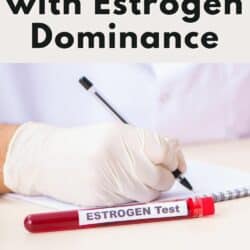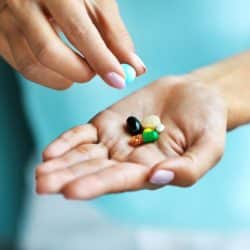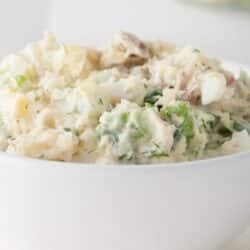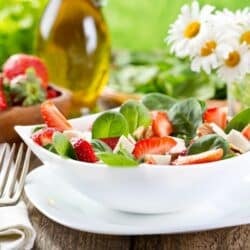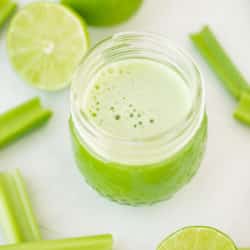11+ Foods to Avoid with Estrogen Dominance
Estrogen dominance is a condition where the levels of estrogen in the body are too high, relative to the levels of other hormones like progesterone. While there are many factors that can contribute to estrogen dominance, including stress and environmental toxins, diet is one area that can have a significant impact. In this article, I share the top foods to avoid with estrogen dominance.
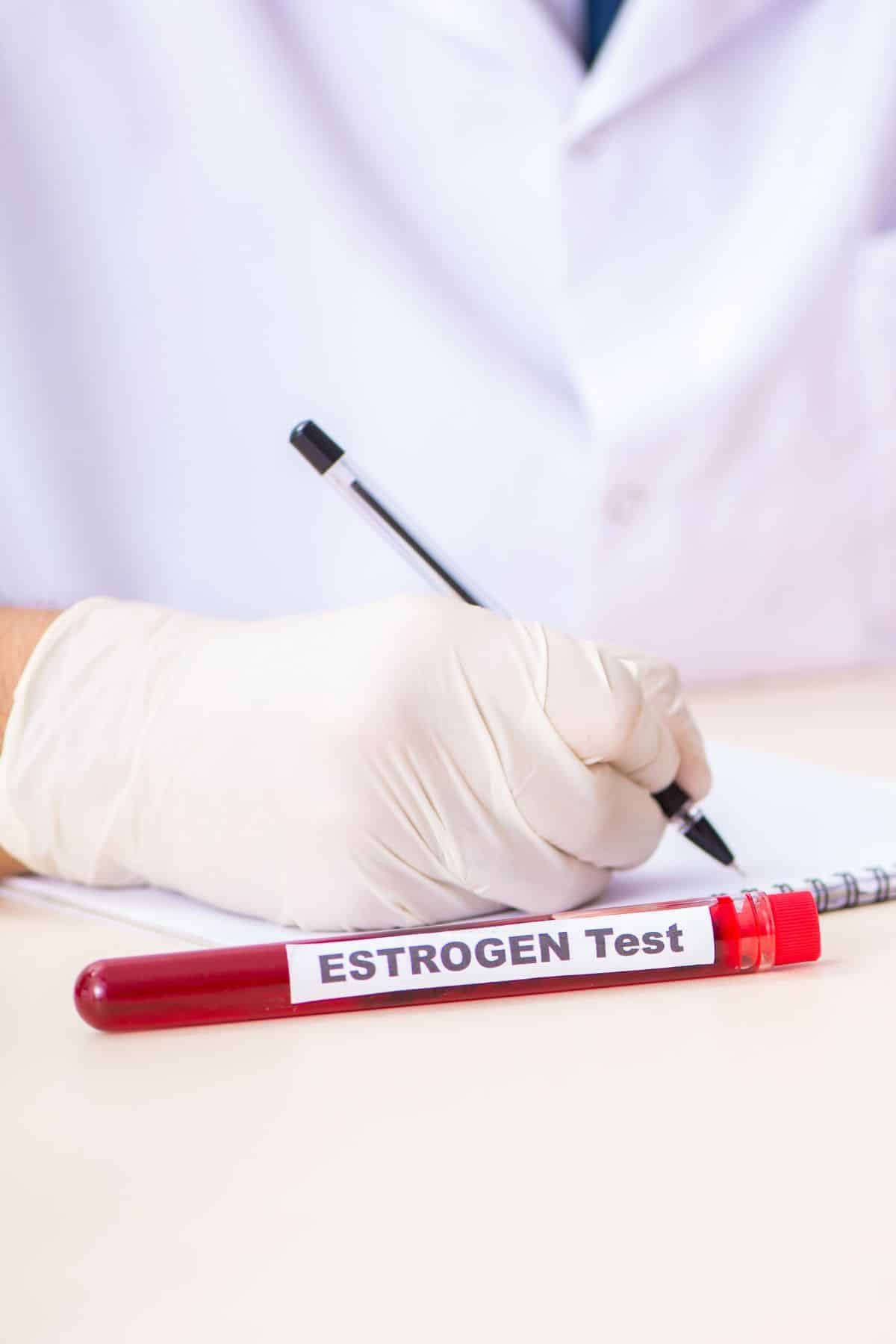
Overview of Estrogen Dominance
Estrogen is a hormone mainly associated with female sexual and reproductive development.
But it has lots of other roles in the body, too, supporting your metabolism, helping with mental cognition, keeping your hair and skin healthy, and protecting your bones, cardiovascular system, and heart.
Sometimes the levels of estrogen in your body are too high in relation to progesterone levels, another reproductive hormone. This imbalance is known as “estrogen dominance.”
Since estrogen plays a part in so many bodily processes, estrogen dominance can cause a very wide range of symptoms, from irregular periods, painful or heavy periods, to depression, mood swings, headaches, weight gain, and insomnia.
Foods to Avoid With Estrogen Dominance
Estrogen dominance can have a variety of causes, including perimenopause, chronic stress, and poor gut health.
But your diet can be problematic, too, and you should limit the following foods as much as possible (always speak to your healthcare provider first to make sure that this is the right approach for you).
1. Soy and soy products, including tofu, edamame, and soy milk

Soy is a plant-based protein source, consumed in several different forms.
These include edamame beans – young soybeans harvested before they ripen – tofu, and soymilk. There are several fermented products made with soy, too, including soy sauce, tempeh, miso, and natto.
Soybeans are a rich source of isoflavones. Isoflavones are a type of phytoestrogen – a natural chemical found in plants that mimics the effects of estrogen on the body but to a lesser degree.
The amount of isoflavones in soy varies, according to the form in which you consume it.
There are many mixed messages about the phytoestrogens in soy and the effects that they might have on the body’s estrogen levels.
One study, for example, found that an isoflavone in soy called genistein can reverse the anti-estrogen benefits of a drug commonly used to treat breast cancer. This indicates that too much soy could raise estrogen levels and worsen the symptoms of estrogen dominance.
But separate research suggests the opposite, finding that estrogen levels are inversely associated with soy intake.
Experts agree that more research is needed before any firm recommendations regarding soy can be made. But in the meantime, it would make sense to limit your soy consumption and avoid soy nuts, which are made with mature soybeans and are one of the richest sources of isoflavones.
Plant-based diets are often rich in soy products, so you may need to reduce your intake depending on your hormone levels.
2. Flaxseed and flaxseed oil
Flaxseeds – also known as linseeds – are rich in fiber and omega-3 fatty acids.
But like soy, they are also high in phytoestrogens, particularly lignans. There has been speculation among experts that flaxseeds may raise estrogen levels in the body.
One study, for example, found that – because of their mildly estrogenic properties – ground flaxseeds were as effective as hormone replacement therapy for helping ease the discomforts of menopause.
Just as with soy, however, results are mixed and more research is needed before science can confirm that flaxseeds have a major impact on estrogen levels.
Nevertheless, many experts feel it is better to avoid consuming too many flaxseeds if you are suffering from estrogen dominance or very high estrogen levels.
3. Sesame seeds and sesame oil
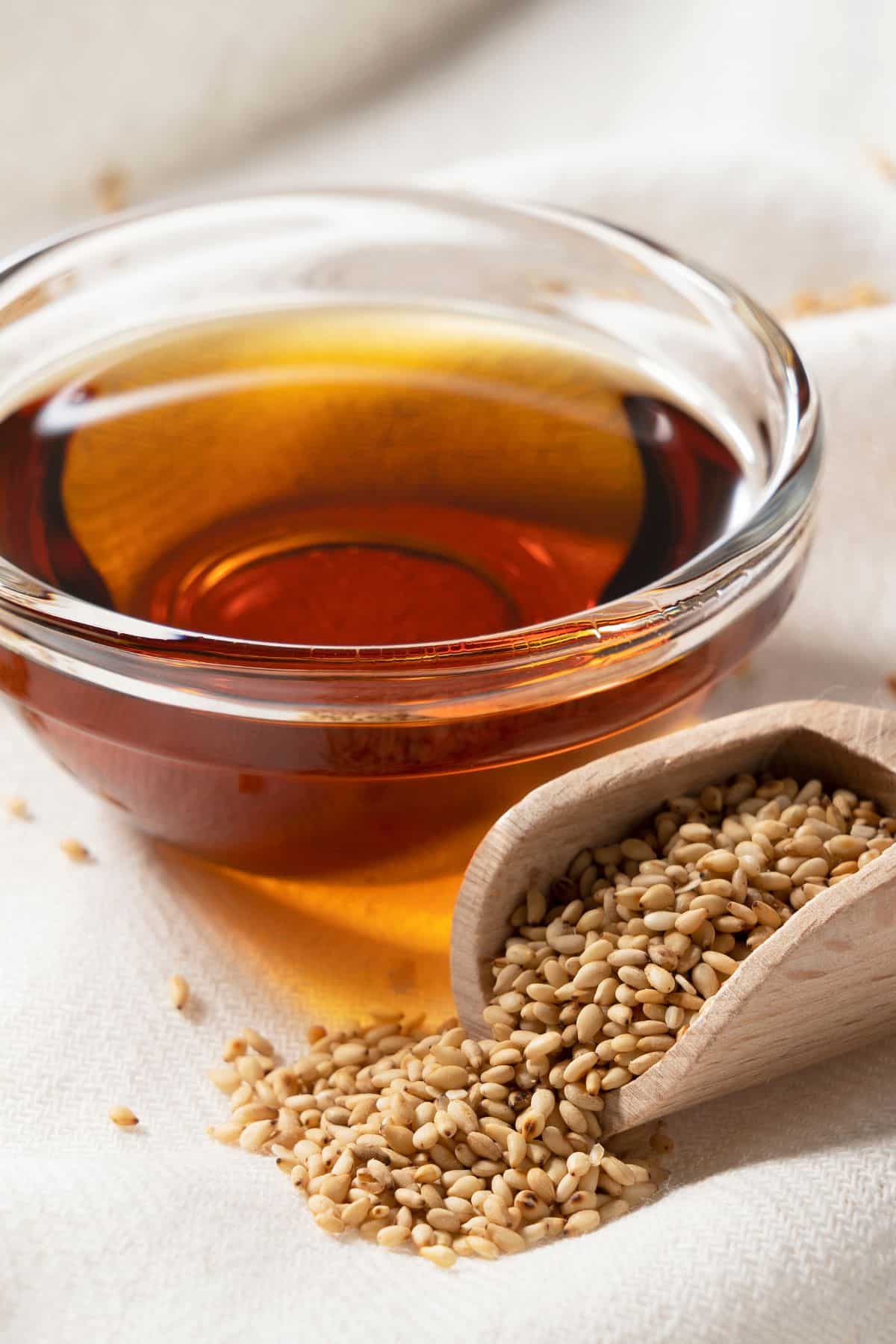
Tiny, crunchy, and packed with fiber, sesame seeds are a common addition to Asian dishes.
They are also used to top bagels or burger buns and are ground to make tahini – one of the main ingredients in hummus. The pressed, raw seeds, meanwhile, are used to produce sesame oil.
Researchers in 2006 looked at reports that sesamin – a lignan in sesame seeds – is converted in the gut to a compound with estrogenic activity. They found that consuming sesame seeds could therefore lead to an increase in estrogen levels.
If you are experiencing estrogen dominance or high levels of estrogen, you may want to avoid sesame seeds and all products derived from them.
4. Chickpeas and other legumes
Legumes such as chickpeas, peanuts, and lentils contain phytoestrogens in the form of isoflavones.
Although it’s a topic that still needs more research, experts have found during studies on mice that these isoflavones can boost estrogen production.
You may wish to speak to your medical provider before removing legumes completely from your diet, however, as they are a good source of protein and contain many other valuable nutrients that can have health benefits.
However, as part of an estrogen dominance diet, it may be worth eliminating beans and legumes to see if it helps your hormone balance.
5. Dairy products, including milk, cheese, and yogurt
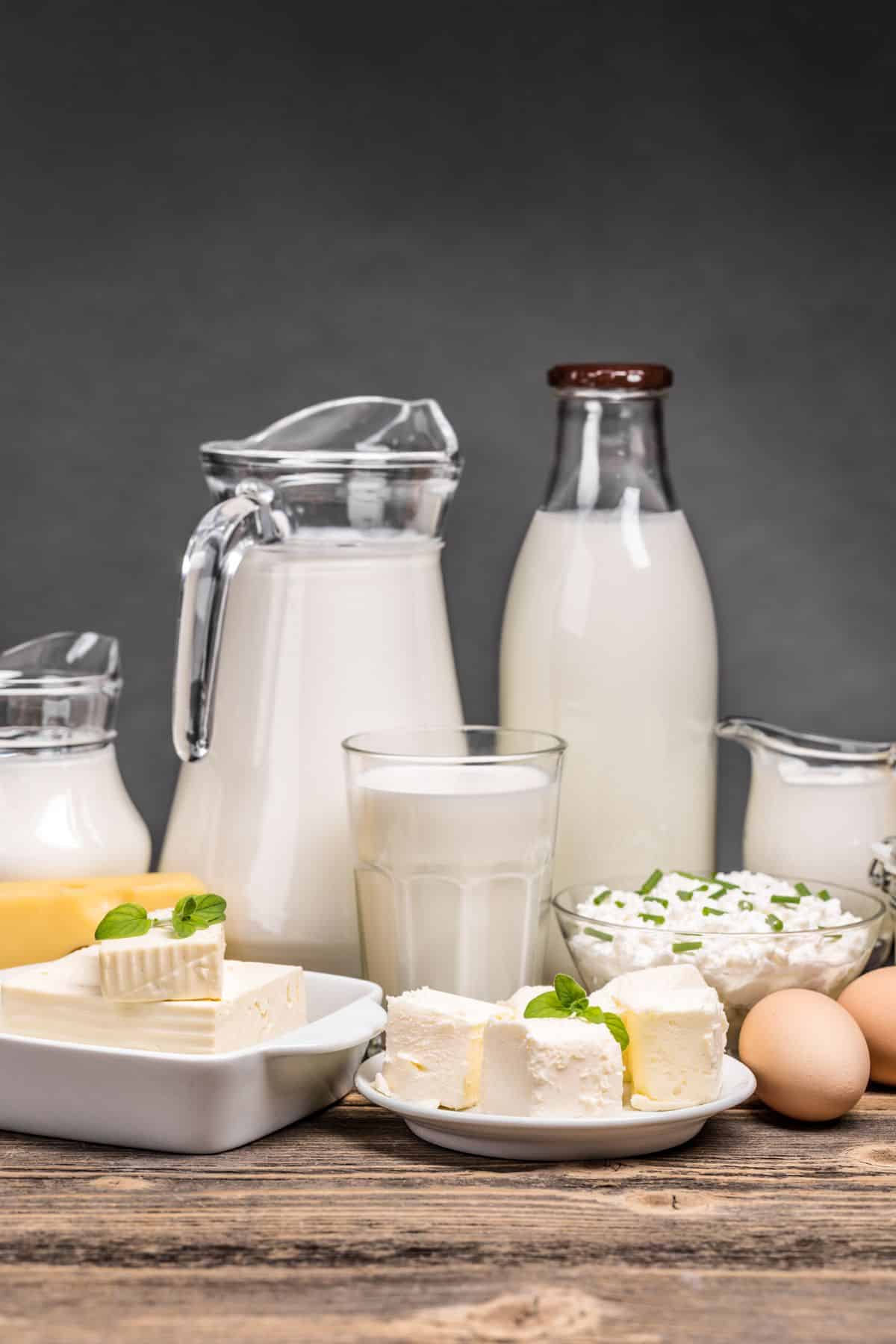
Dairy foods form a major part of the typical diet in the USA and the authors of this review stated that an enormous 60 to 80% of estrogens in the diet come from dairy.
There are a number of studies supporting this. The authors of this research conducted in 2010 concluded that a large consumption of dairy foods could cause a raise in estrogen levels, although they noted that further investigation is needed.
There are also concerns about the hormones used by farmers to help with milk production and the effects that these might have on estrogen levels when passed on in milk.
Further interesting research has looked at the Mediterranean diet. This healthy diet has been found to reduce estrogen levels – possibly because it is focused on fruits, vegetables, whole grains, and seafood, but contains very little dairy.
6. Red meat (especially conventionally raised)
The problems associated with eating too much red meat are the same as those with consuming dairy – namely the risk of exposure to hormones and a shift in focus away from the elements of the healthy Mediterranean diet.
Indeed, experts have found that the typical meat-rich Western diet increases estrogen levels to such a degree that avoiding meat could be useful in the prevention of breast cancer.
7. Processed meats, including deli meats and sausage
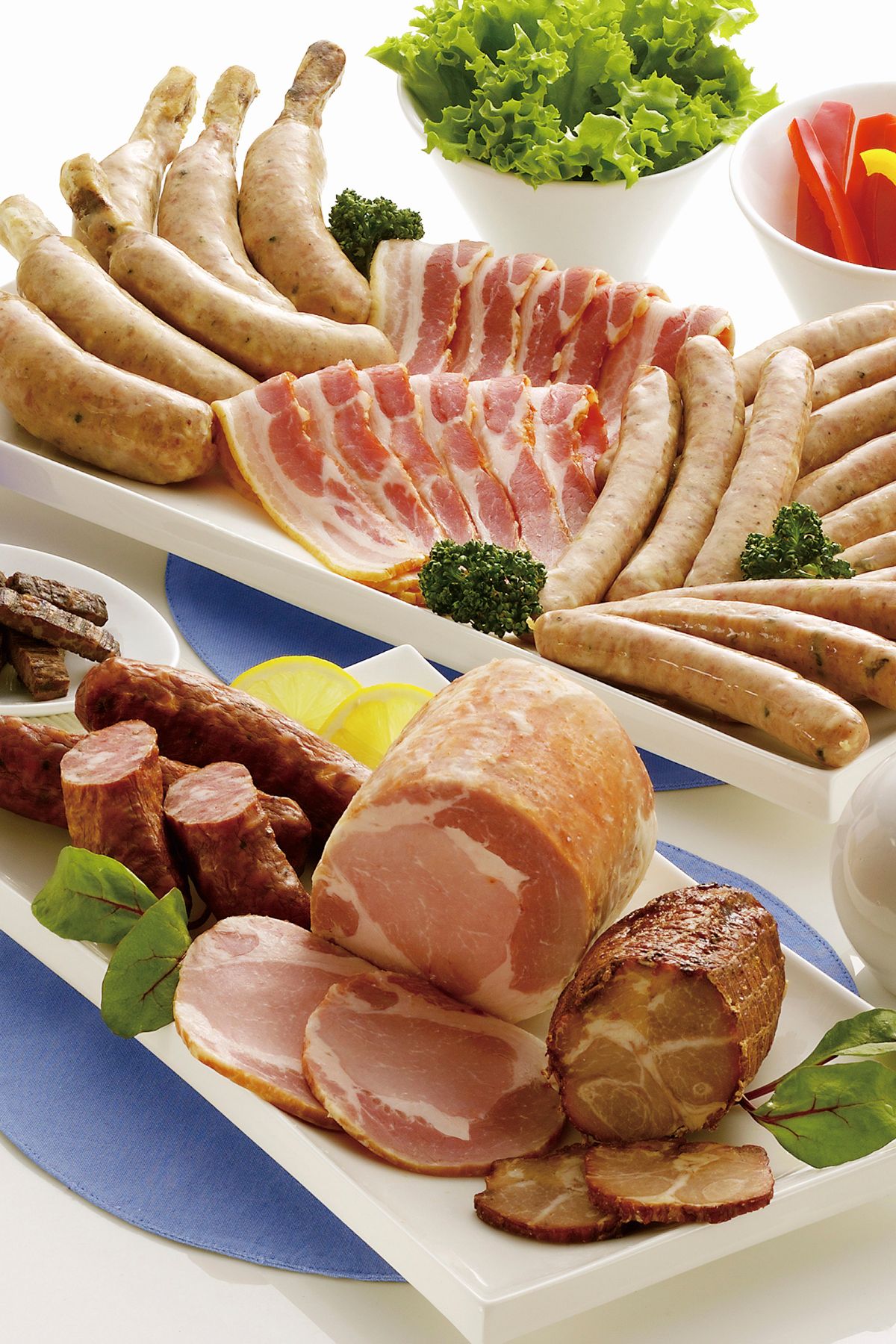
Processed meats like bacon, burgers, and deli meats, tend to be very high in fat. A high fat intake is known to cause higher estrogen levels in women.
They often contain a range of other additives and preservatives, too, which may contribute to your hormonal imbalance.
8. Non-organic fruits and vegetables that may contain hormone-disrupting pesticides
While organic farming isn’t totally pesticide-free, the pesticides used are typically natural ones, such as hydrogen peroxide and lime sulfur.
The pesticides used in conventional farming, however, are known to be among the strongest xeno-estrogenic compounds on the planet. These are synthetic compounds that either promote estrogen production or act like estrogen in the body.
Experts have found that exposure to pesticides can not only disrupt the hormonal balance but can also lead to a range of reproductive problems.
For that reason you should avoid conventionally grown fruits and vegetables, concentrating instead on those produced using only organic methods.
9. Alcohol

There are many reasons to avoid alcohol or reduce your alcohol consumption if your estrogen levels are high in relation to progesterone.
For one thing, most types of alcohol are high in calories and it’s easy to consume more than you realize. This can lead to weight gain and potential obesity, which is known to be a risk factor for estrogen dominance.
In addition, some of the plants used to produce alcoholic drinks contain estrogen-like substances. Researchers found that men who drank heavily experienced an increase in estrogen activity, leading to feminization (the development of female characteristics).
What’s more, drinking alcohol can be bad for your liver. And when you are suffering from a hormonal imbalance, a healthy liver is more important than ever as it is needed to metabolize estrogen and excrete the excess estrogen.
10. Caffeine
Research has shown that caffeine has an effect on estrogen levels – although, strangely, the effects can vary depending on your race!
Experts found that estrogen levels were raised in Asian women consuming more than 200 milligrams of caffeine per day. Caucasian women consuming the same amount, however, had decreased levels of estrogen, while African American women only experienced a mild increase.
But the source of the caffeine played a part, too. More than one daily cup of caffeinated soda or green tea caused an estrogen increase for all participants in the study, regardless of their race.
11. Sugar and refined carbohydrates
The typical Western diet contains several unhealthy elements, chiefly added sugars and refined carbohydrates.
Unlike unrefined carbohydrates – healthy foods like whole wheat, brown rice, and bran cereal – refined carbohydrates are foods with almost all of the goodness of the grain stripped away. Typical examples include white bread, pizza, and pasta.
Studies have shown that consuming foods like these can lead to higher estrogen levels in the body.
And, of course, avoiding highly processed specific foods like cookies and candy can aid in healthy weight loss and an overall healthy lifestyle.
Estrogen Dominant Diet FAQs
Cruciferous vegetables can be useful in tackling estrogen dominance. This is because they contain an organic compound called indole – specifically indole-3-carbinol (or I3C).
I3C has been proven to reduce the risk of developing hormone-related cancers. This is because it reduces how much estrogen is available in the body.There’s another good reason to enjoy more cruciferous veggies, too. They are rich in sulforaphane, a compound shown to help with the metabolism of estrogen in the liver. In addition to broccoli and cauliflower, try eating more cabbage, Brussels sprouts, arugula, and bok choy to help with estrogen metabolism.
Although nuts and seeds are packed with protein and other nutrients, their phytoestrogen content can make them unsuitable if you’re suffering from estrogen dominance. For that reason, many experts recommend avoiding them, particularly flaxseeds, sesame seeds, almonds, cashews, pistachios, and peanuts.
Fruit is generally considered a safe – and healthy – part of the diet, even if you suffer from the symptoms of estrogen dominance. You might, however, want to avoid dried fruits like dates, apricots, and prunes, which are high in phytoestrogens. You should also look for organically produced fruit in order to avoid exposure to the hormone-disrupting pesticides or endocrine disruptors used in conventional farming.
With experts acknowledging that dairy is one of the biggest contributors of dietary estrogen – and that the risk of exposure to hormones from both dairy foods and red meat is high – it makes sense to cut down on these foods if you are suffering from symptoms of estrogen dominance.
Instead, consider following the Mediterranean diet. It has been shown to reduce levels of estrogen in the body, and – while including a small amount of meat and dairy – mainly focuses on whole grains, fruits, vegetables, and seafood.
Yes, you should likely try to limit them.
Alcohol in particular affects estrogen levels in many ways, contributing to obesity, compromising the function of your liver, and potentially containing ingredients that have an estrogenic effect on your body.
The effects of caffeine are not yet quite as clear, although research has shown that green tea and caffeinated sodas may be worth avoiding as well.
More Helpful Hormone Articles You Might Like
Conclusions
The effects of different foods on your estrogen levels are complex and varied. In general, the foods listed here are those best avoided when your estrogen levels are high. But it’s a good idea to chat with your healthcare provider before eliminating any food groups, to make sure that you don’t miss out on any important nutrients that could affect your overall health or gut microbiome.
Don’t forget to join my newsletter list to get exclusive clean eating recipes and tips. The newsletter is 100% free with no spam; unsubscribe anytime.
About the Author: Carrie Forrest has a master’s degree in public health with a specialty in nutrition. She is a top wellness and food blogger with over 5 million annual visitors to her site. Carrie has an incredible story of recovery from chronic illness and is passionate about helping other women transform their health. Send Carrie a message through her contact form.
Note: this post is for informational purposes only and is not intended as medical advice. Please consult your healthcare provider for recommendations related to your individual situation.


